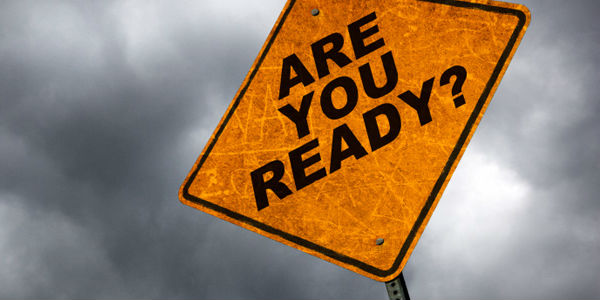Make effective communication a key part of your disaster plan

by: Margaret Blankers
It could be an earthquake. A bomb threat. An electrical storm and power outage. When is the best time to communicate with your employees, members/clients, the media, and other stakeholders? What are the core messages? How will you deliver them?
Taking stock of your readiness for dealing with physical disasters is always a valuable exercise. Along with business continuity planning, an organization’s disaster preparedness should include a well-thought-out communication strategy with an intentional process for effectively reaching your key publics when the unexpected happens.
As a wise person once said, “By the time you hear the thunder it’s too late to start building the ark.” For financial institutions and their business partners, the best time to decide the “who, what, why, when, where, and how” of crisis communication is before the crisis hits. Without the pressure of a disaster hanging over your heads, you and your staff can think more clearly about the best communication practices. It’s also the time to determine what information to share, when to share it, and which stakeholders to include.
Tips for an Effective Crisis Communication Plan
A crisis communication plan (for physical emergencies or business issues) should provide clear lines of responsibility and a framework for handling negative or dangerous situations. It also needs to include a message platform with general company information, event scenarios, and a position statement for the most likely company stance. In particular, an approved strategy for working with the news media should be in place, as well as procedures to ensure good communication without inadvertently revealing sensitive information. Consider these necessary steps:
continue reading »